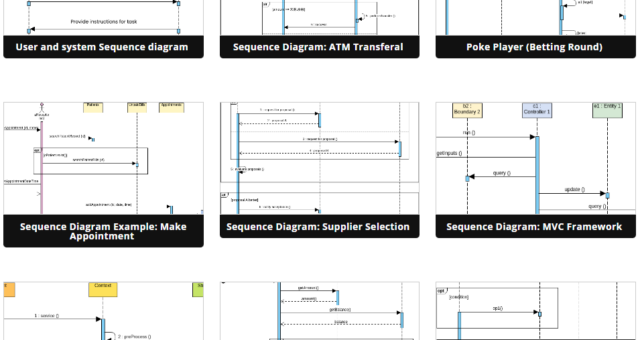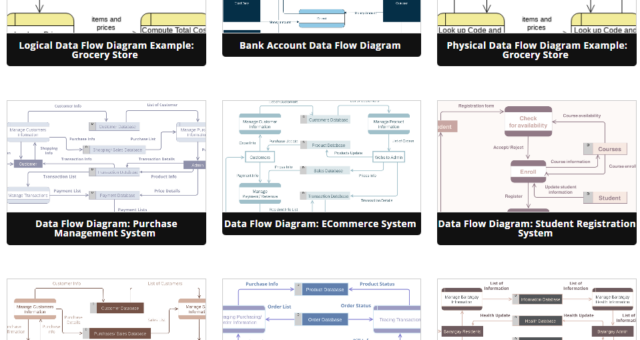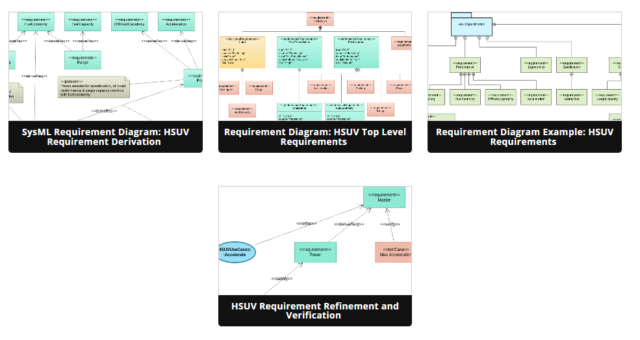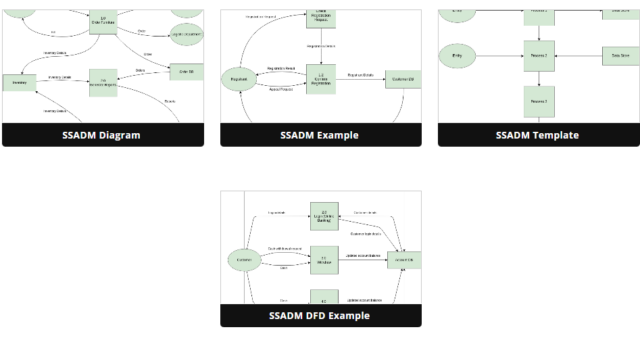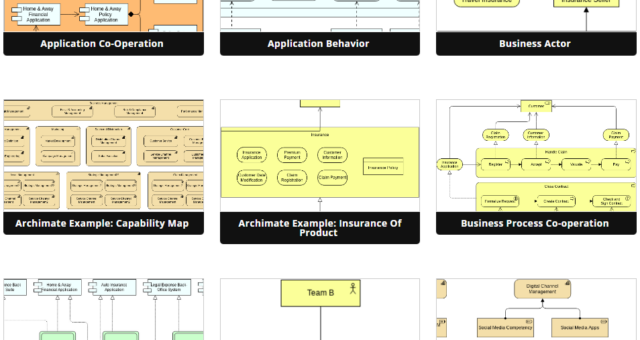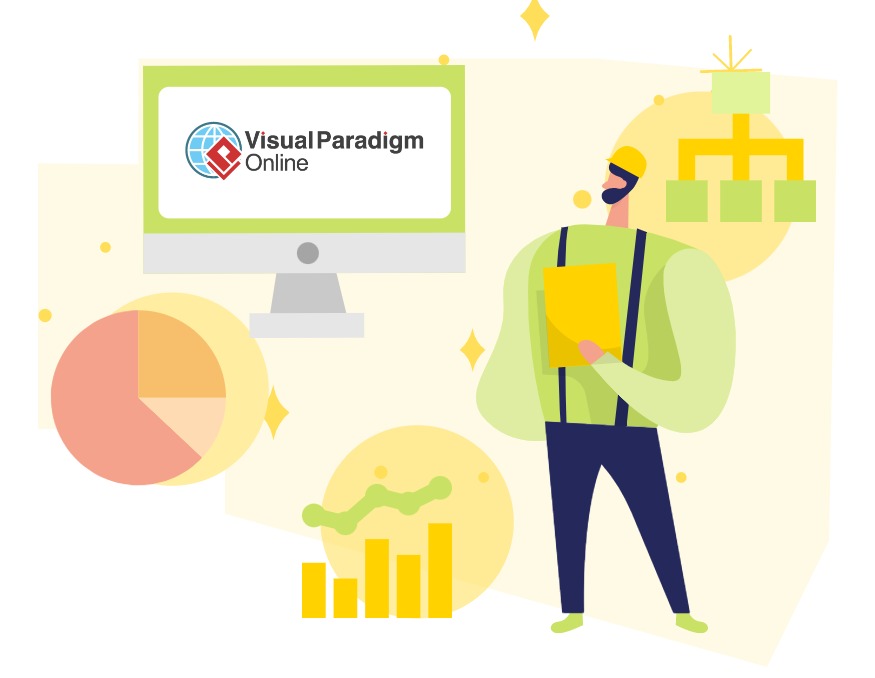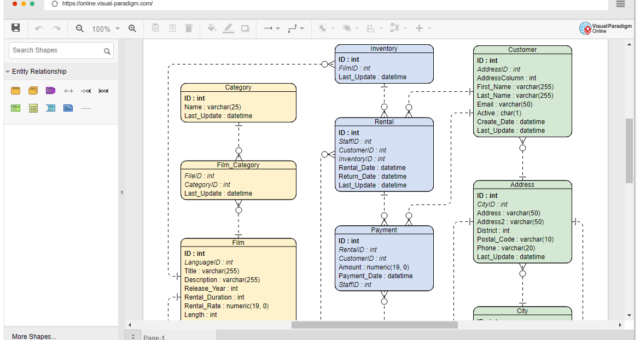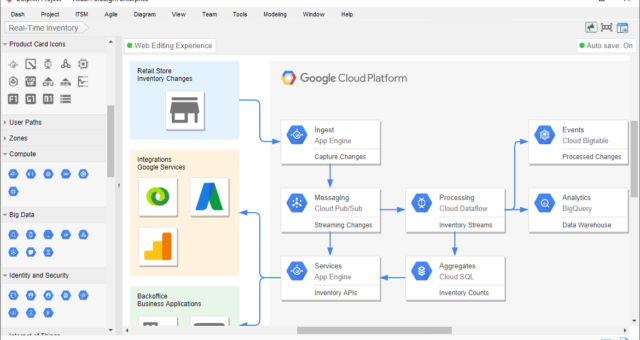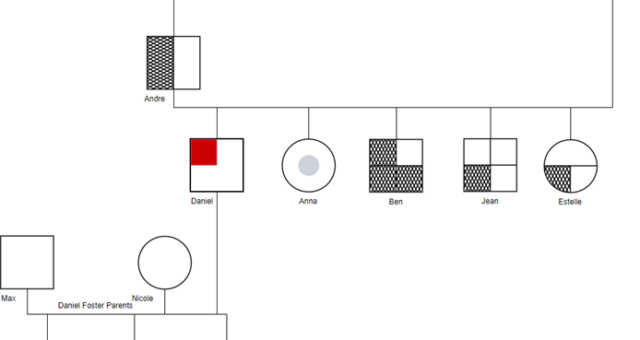Beginner’s Guide to Sequence Diagrams with Visual Paradigm Online
Introduction Sequence diagrams are powerful tools in software development for visualizing the interactions between objects or components in a system over time. They help you understand how various parts of your system communicate and collaborate. In this beginner's guide, we'll introduce you to sequence diagrams and show you how to create them using Visual Paradigm Online, a user-friendly online diagramming tool with a collection of templates that make learning easy through practical examples. What is a Sequence Diagram? A sequence diagram is a type of UML (Unified Modeling Language) diagram that represents the…continue reading →

